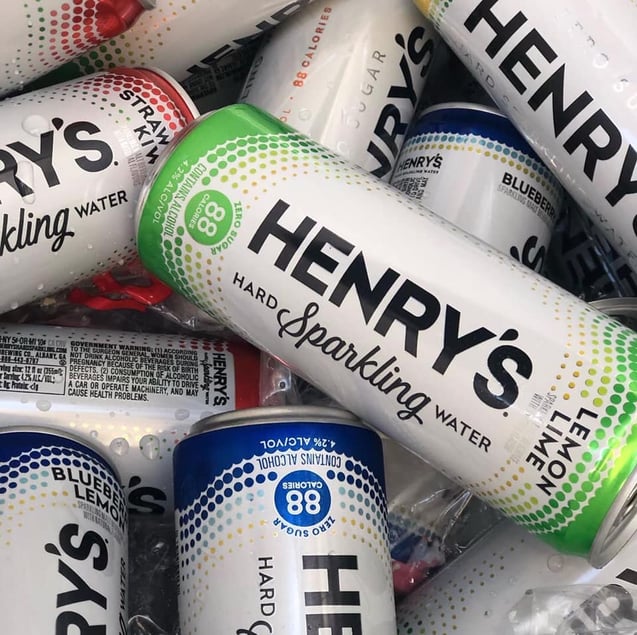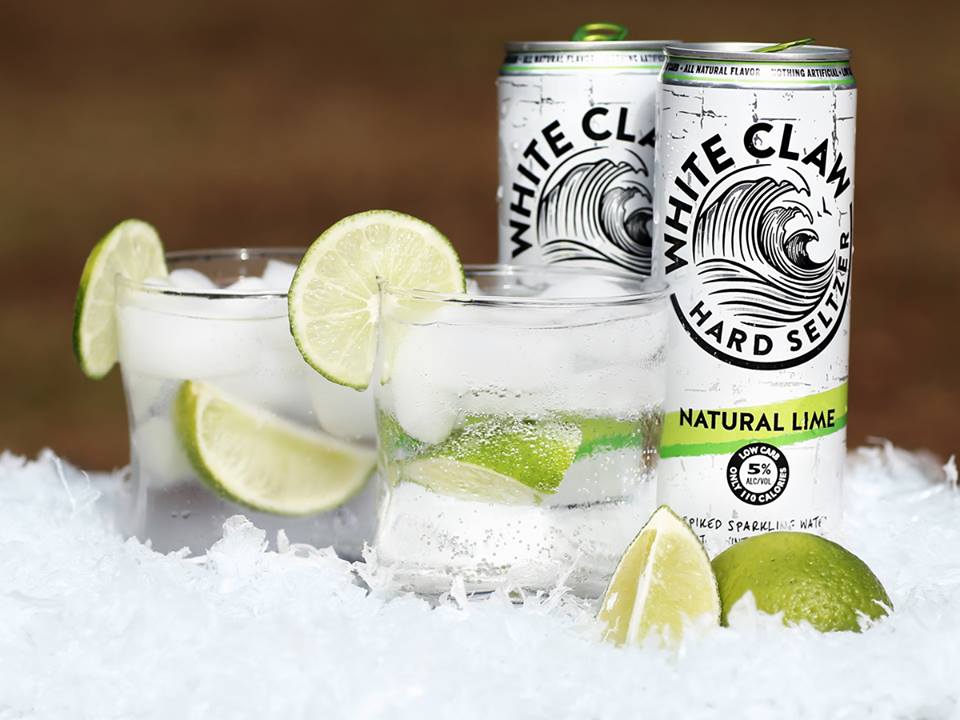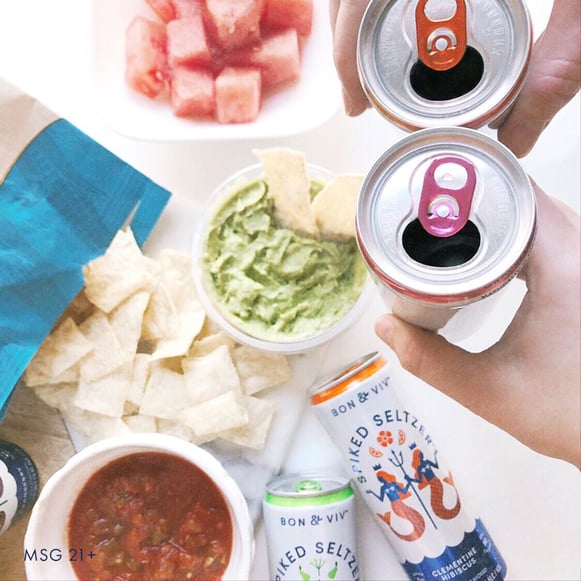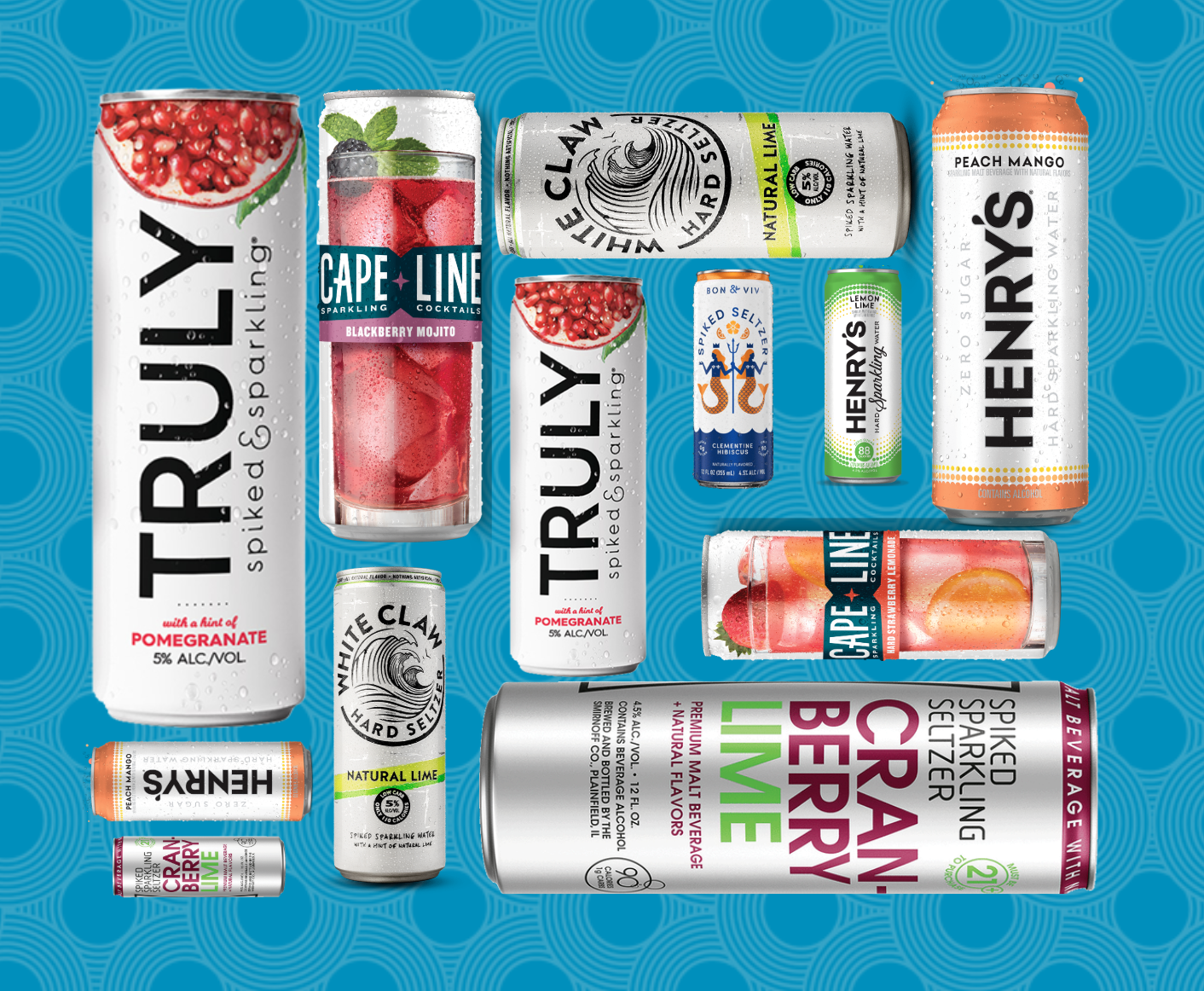Since the dawn of time (or thereabouts), beer, wine, and spirits have been fighting amongst themselves for America's boozy dollar. But in recent years, a fourth competitor seems to be emerging at a rather impressive pace: hard seltzer. And in all honesty, we’re surprised it took this long for the hard seltzer market to take off. La Croix (despite recent struggles) is everything but iconic at this point, and we all know the time-tested equation:
Well known, reasonably tasty beverage + booze = $$$
Why is hard seltzer popular?
Beyond that simple recipe for success, hard seltzer tends to check all the boxes. Healthy-ish (or rather, healthier), low-calorie and gluten-free. They’re super convenient and have a generally low barrier-to-entry. That is to say, the hardcore IPA fanatic isn’t the target market for hard seltzer brands. They’re mostly meant for the casual, weekend warriors amongst us. On top of that, they fall nicely in with the trend of low-cal booze, coming in at about 5%. All this theory is just fine, but the proof is in the pudding, as usual.
 Image courtesy of Henry's Hard Sparkling Water
Image courtesy of Henry's Hard Sparkling Water
Hard seltzer market stats
From January 2019 to July 2019, the six leading hard seltzer brands have seen skyrocketing sales. When diving into Provi user behavior data, hard seltzer as a whole has seen a 31.64% average increase in sales month over month. If we zoom out to April 2018 to June 2019, we see that hard seltzer's market share of the beer category grew by 520.1% from Q2 2018 to Q2 2019, according to data analyzed from Provi users in Illinois, Colorado, and Georgia.
The question stands though -- where did it all start?
Where did hard seltzer start?
SpikedSeltzer is generally credited as the first hard seltzer to market. It came about when founder Nick Shields was doing some people watching in a Connecticut dive bar: "I saw five women order vodka sodas, one after the other," he recalls, as his lightbulb moment.
And so, after a bit of trial and error, SpikedSeltzer was born in 2013. It was made with the intention of being as clean and light as possible -- instead of creating a malt-based beverage, SpikedSeltzer was made by fermenting sugar. It was an immediate hit. Sales went through the roof, and by 2016, Nick had sold his company to Anheuser-Busch InBev. Since then, copycats have not only begun popping up, but are now surpassing the original.  Image courtesy of White Claw Hard Seltzer
Image courtesy of White Claw Hard Seltzer
So, who’s leading the pack?
Hard seltzer market share leader
The hard seltzer brand that most would quickly point to, is White Claw. And rightfully so -- the brand leads the hard seltzer market in sales nationwide. Offering a bevy of flavors, it’s very easy to describe White Claw as ‘alcoholic La Croix’. Certainly, the general public has accepted that position, given White Claw’s staggering success. However, the brand insists they are just getting started. Phil Rosse, president of White Claw’s parent company Mike’s Hard Lemonade, told the Chicago Tribune:
“Our aspirations are significant — not only transformational for the beer industry but transformational for our organization. … We think the true potential of the brand is still relatively untapped.”
In a particularly revealing piece of data, sales of White Claw alone have launched the entire business of Mike’s Hard up 20% this year. According to the brand’s spokesman Sanjiv Gajiwala, sales tripled last year, and are forecasted to do the same this year again. In fact, the company is even having trouble keeping up with demand -- the very best kind of problem to have.
Hard Seltzer Market Analysis
In an interesting turn from what we might expect, spiked seltzer is dominated by large companies, with almost no significant interest from craft producers thus far. Anheuser-Busch InBev bought SpikedSeltzer, rebranding to a more on-trend “Bon and Viv Spiked Seltzer”. MillerCoors has launched Henry’s Hard Sparkling Water, and Smirnoff has recently rolled out its own version of the product. Image courtesy of Bon & Viv
Image courtesy of Bon & Viv
If we look at the non-alcoholic beverage market, we can see some trends that may have tipped us off to the hard seltzer phenomenon. People are drinking fewer calories, shying away from sugar-heavy beverages, and of course...there’s LaCroix. About 574 million gallons of non-boozy sparkling water were sold in the U.S. in 2016, which skyrocketed to 790 million gallons in 2017.
As far as we can tell, from a substance standpoint, there’s not much to differentiate hard seltzer brands from one another. The product inside the can is intentionally washed of flavor, aside from the vague hints of fruit essence, in an effort to be as light and drinkable as possible. But if we look towards what’s on the outside, we can see the angles that these companies are choosing to take. The labels boast low-calorie and low-carb. They are light in color and design, signaling good tidings to health-conscious consumers. Often the flavors have some sort of regional connection. It’s not lemon, it’s Ventura lemon, for example. All in all, we wouldn’t say that hard seltzers are any kind of groundbreaking invention, but they certainly tick all of the boxes for being ‘on trend’.
Moving forward, it’s difficult to see exactly where hard seltzer will land. Adjacent ready-to-drink (RTD) beverages are performing extremely well these days, and are perfectly set to give hard seltzer drinkers another option. Most commonly, hard seltzer drinkers trend towards canned wine options. In addition, hard seltzers tend to do extremely well in the summer, and quite lackluster in the cooler months. Other canned, RTD beverages have seen year-round success, like canned wines or even hard kombuchas.
[Read More: Canned Cocktail]
Will hard seltzer be the next wine cooler, or is it here to stay? Only time will tell. But the fact remains: hard seltzer is absolutely the drink-du-jour.




Comments